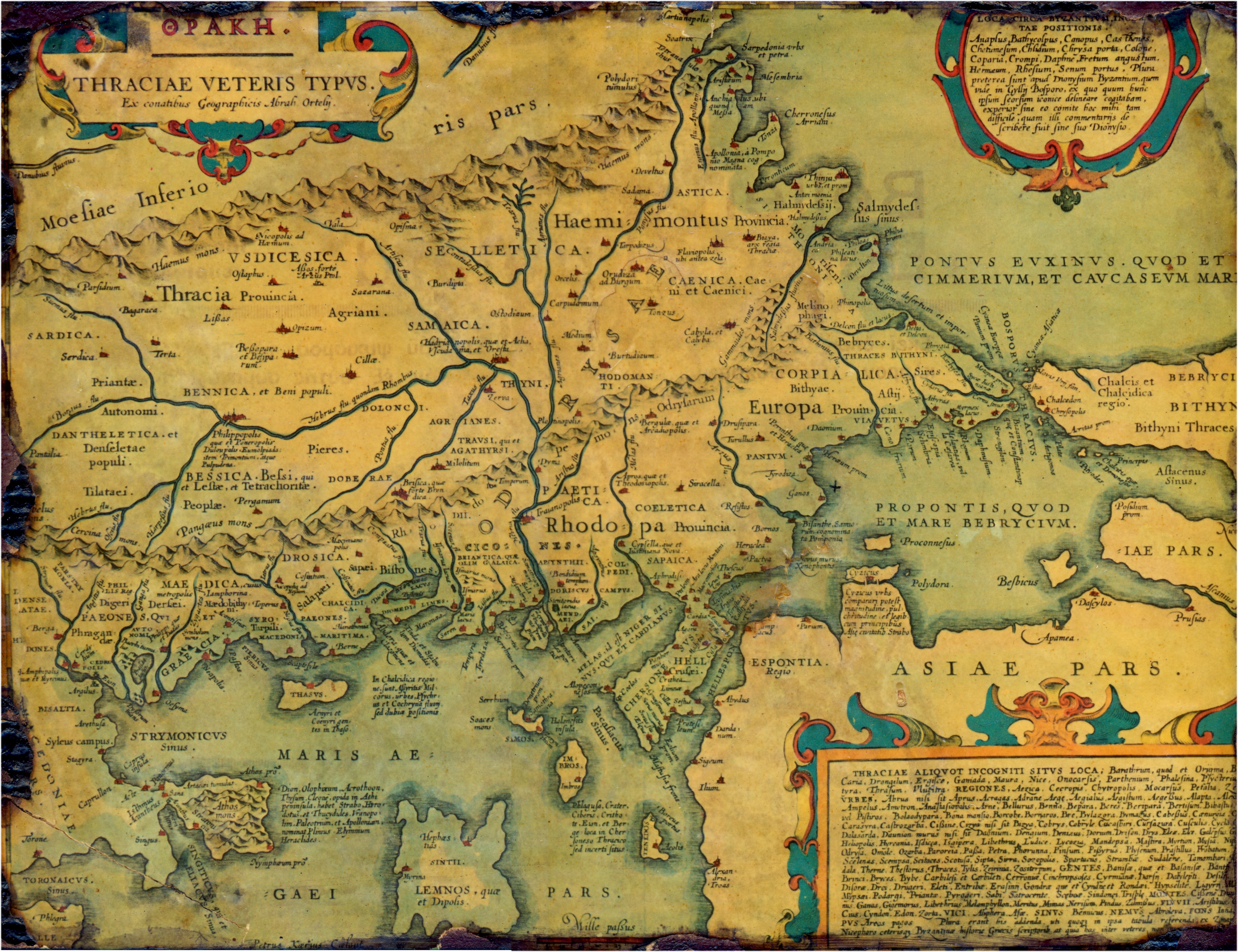|
Dausdava
Dausdava ( grc, Δαούσδαυα) was a Dacian town in Moesia between the Danube and the Balkan Mountains, in the region between Nicopolis (modern Nikopol, Bulgaria) and Abritus (modern Razgrad). See also * Dacian davae * List of ancient cities in Thrace and Dacia * Dacia Dacia (, ; ) was the land inhabited by the Dacians, its core in Transylvania, stretching to the Danube in the south, the Black Sea in the east, and the Tisza in the west. The Carpathian Mountains were located in the middle of Dacia. It ... * Roman Dacia Notes References Ancient Modern * Further reading * * * External links * * Dacian towns Archaeological sites in Bulgaria {{bulgaria-geo-stub ... [...More Info...] [...Related Items...] OR: [Wikipedia] [Google] [Baidu] |
Dava (Dacian)
''Dava'' (Latinate plural ''davae'') was a Geto-Dacian name for a city, town or fortress. Generally, the name indicated a tribal center or an important settlement, usually fortified. Some of the Dacian settlements and the fortresses employed the Murus Dacicus traditional construction technique. Most of these towns are attested by Ptolemy, and therefore date from at least the 1st century CE. The "''dava''" towns can be found as south as Sandanski and Plovdiv. Strabo specified that the Daci are the Getae. The Dacians, Getae and their kings were always considered as Thracians by the ancients ( Dio Cassius, Trogus Pompeius, Appian, Strabo, Herodotus and Pliny the Elder), and were both said to speak the same Thracian language. Etymology Many city names of the Dacians were composed of an initial lexical element (often the tribe name) affixed to ''-dava'', ''-daua'', ''-deva'', ''-deba'', ''-daba'' or ''-dova'' (''*dʰeh₁-'' "to set, place"). Therefore, ''dava'' 'town' d ... [...More Info...] [...Related Items...] OR: [Wikipedia] [Google] [Baidu] |
List Of Ancient Cities In Thrace And Dacia
This is a list of ancient cities, towns, villages, and fortresses in and around Thrace and Dacia. A number of these settlements were Dacian and Thracian, but some were Celtic, Greek, Roman, Paeonian, or Persian. A number of cities in Dacia and Thrace were built on or close to the sites of preexisting Dacian or Thracian settlements. Some settlements in this list may have a double entry, such as the Paeonian ''Astibo'' and Latin ''Astibus''. It is believed that Thracians did not build true cities even if they were named as such; the largest Thracian settlements were large villages.The Cambridge Ancient History, Volume 3, Part 2: The Assyrian and Babylonian Empires and Other States of the Near East, from the Eighth to the Sixth Centuries BC by John Boardman, I. E. S. Edwards, E. Sollberger, and N. G. L. Hammond ,, 1992, page 612: "Thrace possessed only fortified areas and cities such as Cabassus would have been no more than large villages. In general the population lived in village ... [...More Info...] [...Related Items...] OR: [Wikipedia] [Google] [Baidu] |
Dacian Towns
This is a list of ancient cities, towns, villages, and fortresses in and around Thrace and Dacia. A number of these settlements were Dacian and Thracian, but some were Celtic, Greek, Roman, Paeonian, or Persian. A number of cities in Dacia and Thrace were built on or close to the sites of preexisting Dacian or Thracian settlements. Some settlements in this list may have a double entry, such as the Paeonian ''Astibo'' and Latin ''Astibus''. It is believed that Thracians did not build true cities even if they were named as such; the largest Thracian settlements were large villages.The Cambridge Ancient History, Volume 3, Part 2: The Assyrian and Babylonian Empires and Other States of the Near East, from the Eighth to the Sixth Centuries BC by John Boardman, I. E. S. Edwards, E. Sollberger, and N. G. L. Hammond ,, 1992, page 612: "Thrace possessed only fortified areas and cities such as Cabassus would have been no more than large villages. In general the population lived in villag ... [...More Info...] [...Related Items...] OR: [Wikipedia] [Google] [Baidu] |
Dacians
The Dacians (; la, Daci ; grc-gre, Δάκοι, Δάοι, Δάκαι) were the ancient Indo-European inhabitants of the cultural region of Dacia, located in the area near the Carpathian Mountains and west of the Black Sea. They are often considered a subgroup of the Thracians. This area includes mainly the present-day countries of Romania and Moldova, as well as parts of Ukraine, Moravian Banovina, Eastern Serbia, Northern Bulgaria, Slovakia, Hungary and Southern Poland. The Dacians and the related Getae spoke the Dacian language, which has a debated relationship with the neighbouring Thracian language and may be a subgroup of it. Dacians were somewhat culturally influenced by the neighbouring Scythians and by the Celtic invasion of the Balkans, Celtic invaders of the 4th century BC. Name and etymology Name The Dacians were known as ''Geta'' (plural ''Getae'') in Ancient Greek writings, and as ''Dacus'' (plural ''Daci'') or ''Getae'' in Roman Empire, Roman documents, b ... [...More Info...] [...Related Items...] OR: [Wikipedia] [Google] [Baidu] |
Moesia
Moesia (; Latin: ''Moesia''; el, Μοισία, Moisía) was an ancient region and later Roman province situated in the Balkans south of the Danube River, which included most of the territory of modern eastern Serbia, Kosovo, north-eastern Albania, northern parts of North Macedonia (Moesia Superior), Northern Bulgaria, Romanian Dobruja and small parts of Southern Ukraine (Moesia Inferior). Geography In ancient geographical sources, Moesia was bounded to the south by the Haemus ( Balkan Mountains) and Scardus (Šar) mountains, to the west by the Drinus (Drina) river, on the north by the Donaris (Danube) and on the east by the Euxine (Black Sea). History The region was inhabited chiefly by Thracians, Dacians (Thraco-Dacian), Illyrian and Thraco-Illyrian peoples. The name of the region comes from Moesi, Thraco-Dacian peoples who lived there before the Roman conquest. Parts of Moesia belonged to the polity of Burebista, a Getae king who established his rule over a large pa ... [...More Info...] [...Related Items...] OR: [Wikipedia] [Google] [Baidu] |


